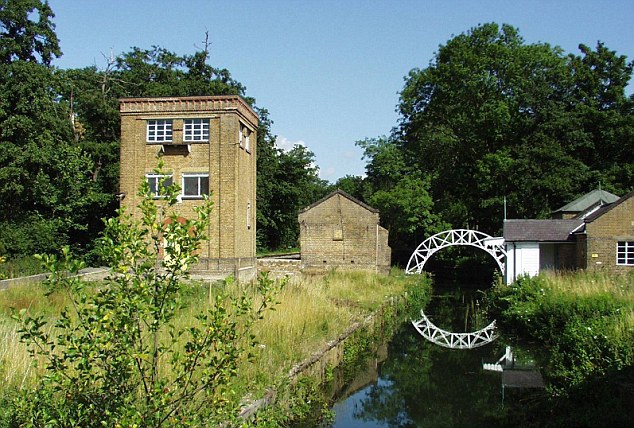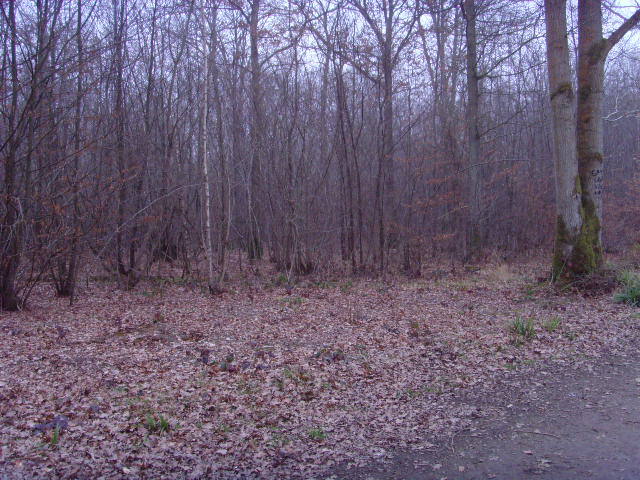Below you’ll find haunted places in and around around Essex with history about their spiritual activity. In most places we’ve visited, we’ve heard noises, seen orbs and sometimes even experienced physical contact or objects being moved.
We often run ghost hunting events at some of the most haunted places throughout the UK. If you'd like more information visit our events page.


The Royal Gunpowder Mills, Waltham Abbey, were in operation for over 300 years; however, from the mid-1850s onwards the site was involved in developing new nitro-based explosives and propellants. The site grew in size, and gunpowder became less important. Shortly after World War II it became solely a Defence Research Establishment – firstly the Explosives Research and Development Establishment, then the Propellants, Explosives and Rocket Motor Establishment Waltham Abbey; and finally the Royal Armament Research and Development Establishment Waltham Abbey. Its superior production methods and high quality results earned it a reputation on an international level.
World War I 1914 – 1918 brought a huge upsurge in demand. The Mills increased staff numbers by around 3000 to a total of 6230. The 3000 additional workers were largely female, recruited from the surrounding area and this was a significant social phenomenon.
During WWII Waltham Abbey remained an important Cordite production unit and for the first two years of the war was the sole producer of RDX. This was the explosive that was used in the Bouncing Bomb.
In 1945 the establishment re-opened as a research centre known as The Explosives Research and Development Establishment, or ERDE; and was in existence to 1977, when it became the Propellants, Explosives and Rocket Motor Establishment, Waltham Abbey, or PERME Waltham Abbey. As a research centre Waltham Abbey was responsible for military propellant and high explosives and expanding into the increasingly significant field of rocket propellants, solid and liquid and a range of specialised applications, e.g. ‘snifters’ for altering space vehicles direction when in flight, cartridges for firing aircraft ejector seats, engine and generator starter cartridges – these applications have been called ‘a measured strong shove’. The rocket activity later extended to the production of rocket motors, including work on the Skylark project.
In 1984 the South site and the Lower Island works were handed over to Royal Ordnance Plc immediately prior to its privatisation. The North side however remained in Ministry of Defence control as a research centre; becoming part of the Royal Armament Research and Development Establishment.
After various reorganisations of Governmental research, the research centre finally closed in 1991, bringing to an end 300 years of explosives production and research.
Hey, like this? Why not share it with a buddy?

Pluckley screaming woods are situated in Kent, also known as Dering Woods. The woods are located near to the small…

The Potsford Gibbet is situated in Potsford woods, Suffolk. It was the site of many hangings in the 17th century; the last recorded execution was in 1699, this was when…

The Reculver Towers are all that remain of a Saxon church, St. Mary’s. Located near Herne Bay, the church was…